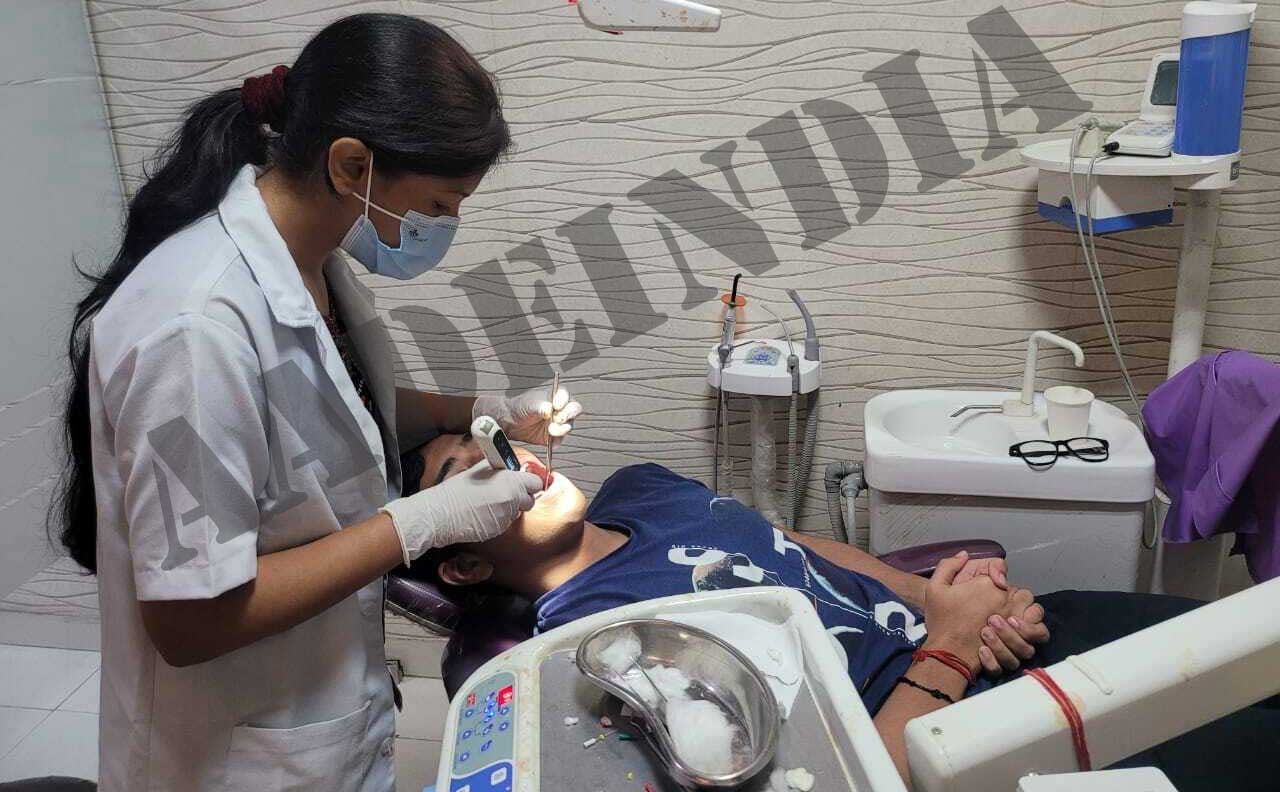Common Challenges in Endodontic Treatment or root canal treatment is among today’s most popular and demanding technical dentistry procedure. This treatment saves a considerable number of teeth every day. However, dental professionals encounter various challenges with this treatment procedure. AADEINDIA Dental Academy prepares dental professionals for success in endodontic treatments and procedures, learning to tackle such obstacles is necessary.

The Anatomy of Complex Root Canal
AADEINDIA’s endodontics course trains dentists to handle complex root canal systems, one of the most challenging aspects of endodontic procedures. There are multiple branches of the root canal, curved canals, and hidden accessories. So, they are of diverse types, and they need to be rightly addressed to be a successful endodontic professional:
- To get a better visual, utilize advanced imaging techniques, such as CBCT scans.
- Flexible nickel-titanium equipment should be used to navigate through curved canals.
- To preserve the tooth structure, a straight-line access needs to be created.
- Dental microscopes can be used to boost visibility.
Calcified Canals: How Endodontic Treatment Should Deal with It?
There are unique challenges imposed by blocked or calcified canals at the time of root canal procedures. They will require:
- Careful assessment of preoperative radiographs.
- To maintain structural integrity through dental conservative dentin removal.
- Chelating agents for softer calcified tissues.
- To locate the canal using precision ultrasonic instruments.
Controlling Infection and Pain
It is essential for a successful endodontic treatment; the infection and pain must be controlled. Here are the primary strategies:
- For proper numbing of tooth, utilize local anesthetic
- An accurate diagnosis should be made for inflamed tooth pulp.
- Implementation of systematic cleaning, as well as shaping protocols.
- Intra canal medications needs to be appropriately used between appointments.
Avoiding Separation and Fractures by Instrument
Separation with the help of instruments can hugely complicate the endodontic treatment. The prevention methods consist of the following:
- Endodontic instruments must require systematic inspection.
- Torque settings and speed should be followed appropriately.
- Straight-line access needs to be created adequately.
- New instruments need to be utilized for complex cases.
- Irrigation protocols need to be adequately implemented.
Achievement of Optimal Apical Control and Working Length
Working length needs to be adequately maintained in the whole process:
- Electronic apex locations need to be utilized with radiographs.
- Establish early procedure patency.
- Treatment reference points throughout the procedure need to be maintained.
- After each significant treatment step, the working length should be confirmed.
Ways to Treat Chronic Endodontic Infections
When treating stubborn/resistant infections, consider:
- Enhanced irrigation protocol implementation.
- Right intra canal medi caments utilization.
- If needed, extend the duration of treatment.
- In refractory cases, surgery option needs to be
Endodontic Challenge Managements: Upcoming Trends
New solutions are evolving continuously in this field:
- For diagnosis and implementation of artificial intelligence.
- Bio active materials implementation.
- For complex cases, 3-D printing utilization.
- Modern systems of irrigation and advanced techniques.
In-depth knowledge and understanding of potential challenges and their solutions are required for successful endodontic treatment. Dental professionals must thoroughly understand fundamental principles and regularly upgrade their knowledge of new technologies and techniques to help them succeed in the most challenging cases.
Frequently Asked Questions:
Q1: What is endodontic treatment?
A: Endodontic treatment a dental treatment, also referred as root canal treatment to help you save your natural teeth.
Q2: How are intricate root canals handled by dentists?
A: They employ cutting-edge imaging methods such as dental microscopes and CBCT scans.
Q3: How can pain be effectively managed during treatment?
A: Accurately diagnosing tooth pulp irritation and using local anesthetics appropriately.
Q4: What is the treatment for calcified canals?
A: By using precise ultrasonic tools and doing a thorough evaluation.
Q5: Where can I get training to learn more about the whole procedure?
A: Contact ACADEMY OF AESTHETIC DENTISTRY & ENDODONTICS, AADEINDIA – Advanced Academy for Dental Courses, H-30, South Extension Part-I, New Delhi-110049, Phone: 9654188100, 8588866518. It is a reputed and renowned institute to train dentists for complex procedures.
